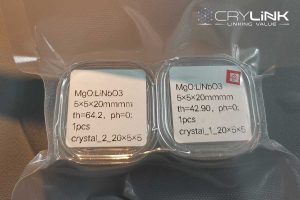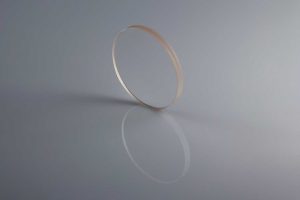Unlike Nd:YAG lasers, the output of an Er:YAG laser is strongly absorbed by water. This fact limits the use of this laser in surgery , and in many other laser applications where water is present. Er:YAG lasers are also safer for the removal of warts than are carbon dioxide lasers – because human papillomavirus (HPV) DNA is not found in the laser plume. Er:YAG lasers can be used in laser aided cataract surgery but owing to its water absorbable nature Nd:YAG is preferred more. However, this resurfacing is associated with an extended reepithelialization period and, in some cases, prolonged erythema that may persist for several months. Of greater concern is the potential for delayed permanent hypopigmentation seen in as many as 20% of patients when multiple-pass carbon dioxide resurfacing is performed. Because of these advantages, many thought the short-pulsed Er:YAG laser would supersede the carbon dioxide laser as a superlative ablative modality. However, initial enthusiasm for the short-pulsed Er:YAG laser was tempered by poor intraoperative hemostasis and less impressive clinical improvement (reduced tissue tightening) when compared to traditional high-energy pulsed or scanned carbon dioxide laser resurfacing. Treatment with the short-pulsed Er:YAG laser is particularly well suited for patients with darker skin phototypes. Several studies have documented a lower risk of pigmentary alterations as compared to carbon dioxide laser resurfacing. Although studies suggest modulated Er:YAG lasers are associated with a lower risk of pigmentary alterations than carbon dioxide laser resurfacing, long-term data regarding the risks of delayed hypopigmentation are not yet available.
- Products
- Applications
- Support
Cooperation
- Company
Others
- Blog
- Contact Us







